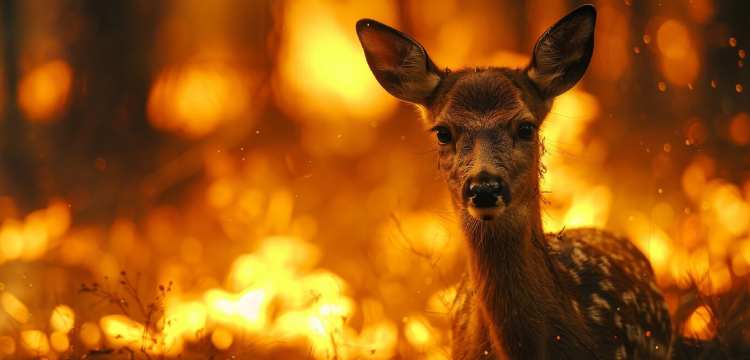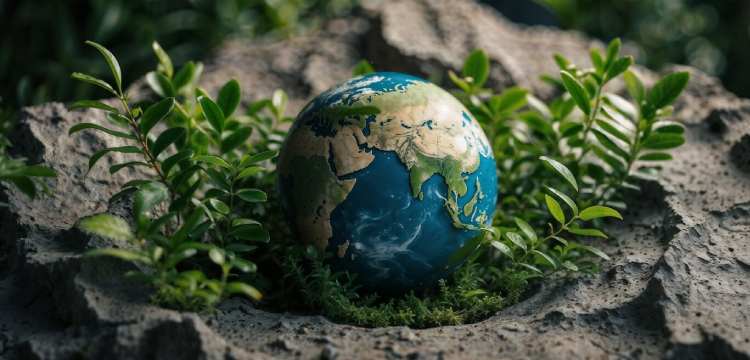Even though this is a continent known for its remarkable biodiversity, Australia is grappling with a major crisis today. This will lead to gigantic ramifications because climate change will affect ecosystems that have evolved over millions of years and are leaving a long shadow over the flora and fauna of this country.

The Australian ecosystems are incredibly diverse, with most of the species occurring nowhere else on Earth. These range from arid deserts to lush rainforests, all supporting dynamic webs of life. This delicate balance of ecosystems is under attack.
Rising temperatures, shifting rainfall patterns, and increased extreme weather are knocking species out of their natural rhythms. The inability to adapt to such quick changes means population declines, range shifts, and habitat loss are occurring. Heightened threats now face Australian iconic animals like the koala and kangaroo.
Of the many disturbing facts about climate change, marine ecology is collectively losing habitats. Australia's Great Barrier Reef, one of the natural wonders of the world and a UNESCO heritage site, has been going through difficult times because of the mass bleaching of corals from increased sea temperatures. It is when they expel algae, which is what gives them colour, but more importantly, nutrient production. Repeated mass bleaching has caused widespread damage to the reef and is forming a serious threat to its very existence.
Another environmental effect of climate change in Australia, ocean acidification, is another pressure on the reef. The ocean absorbs increased carbon dioxide, leading to increases in the level of ocean acidity, which then affects the ability of corals to build up their calcium carbonate skeleton. These consequently weaken the reef structure and lower resistance to other stressors.
Multifaceted approaches to conservation underpin the preservation of the richest biodiversity in Australia. Involving the relentless work of governments, scientists, and communities, this includes saving endangered species, habitat restoration, and building climate resilience:

Species Recovery Programs - Current targeted efforts to increase populations of threatened species, such as the iconic koala and the greater glider, through habitat restoration, captive breeding, and community engagement.
Habitat Restoration - The restoration of degraded ecosystems becomes the focal point for maintaining biodiversity. This includes replantation of native trees, controlling invasive species, and restoration of wildlife corridors.
Indigenous Knowledge - Traditional ecology-based knowledge must also be used or implemented in conservation for a better understanding of ecosystems. Indigenous people are closely related to land and have gained adequate insights into the sustainable management of land.
Adaptation to Climate Change - The building of resilience to climate change requires innovative approaches. These adapted forms of new approaches can involve assisted migration, the movement of puppet species to more appropriate habitats, and habitat modification for conditions mimicking future climate scenarios.
The deep and profound connection of Indigenous Australians with the land and the traditional ecological knowledge holds great value in ecosystem management and climate adaptation insights. Thousands of years of coexistence with the natural world allowed Indigenous people to formulate detailed observations on weather conditions, plant-animal relations, and land management. Gaps in knowledge result from scaling down information to other sedentary groups.
Climate change has been driving Australia's unique ecosystems to a crisis point. Biodiversity on land and in water is affected with impacts that have very far-reaching implications. Against this backdrop, the conservation of these valuable natural assets calls for an approach that integrates scientific research with Indigenous knowledge and community engagement. Conservation, restoration, and intervention strategies can be realized through investment in climatically safe measures in the land and waters of Australia, aiming to achieve a future with thriving biodiversity.